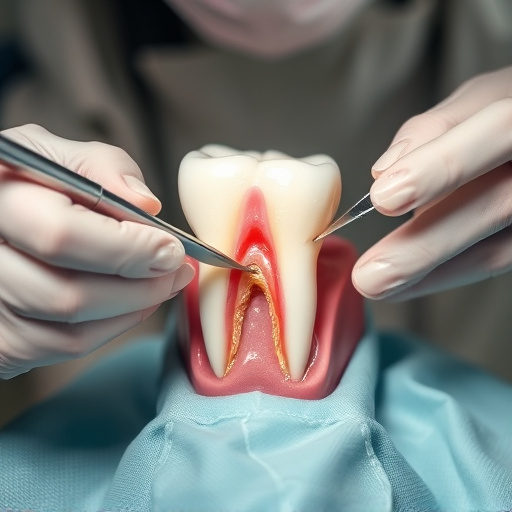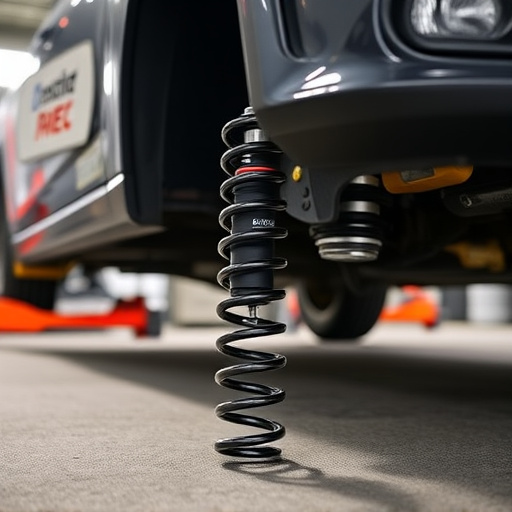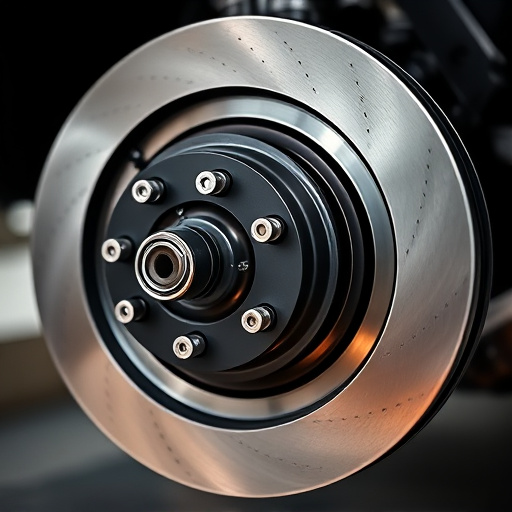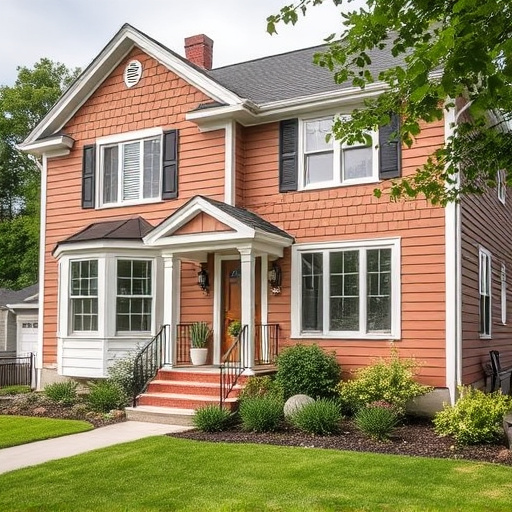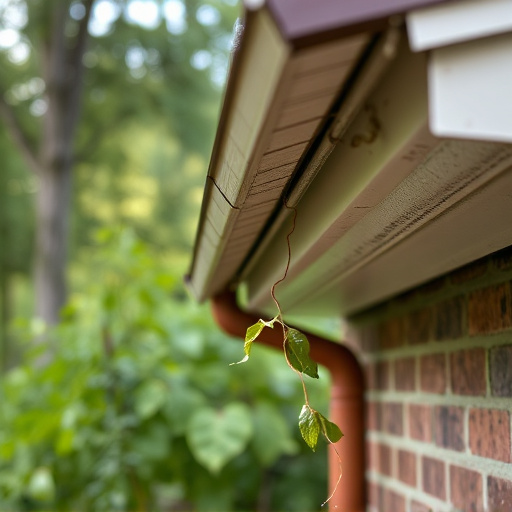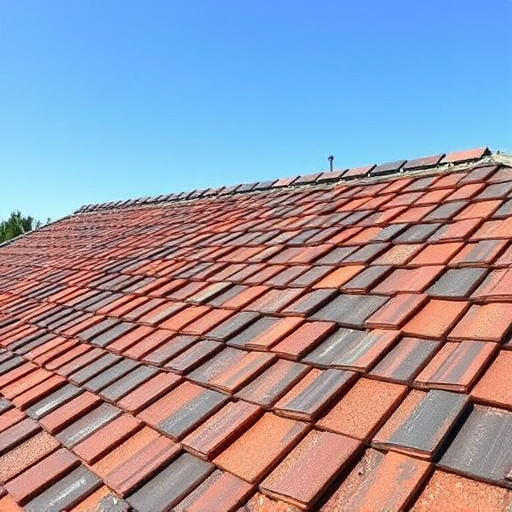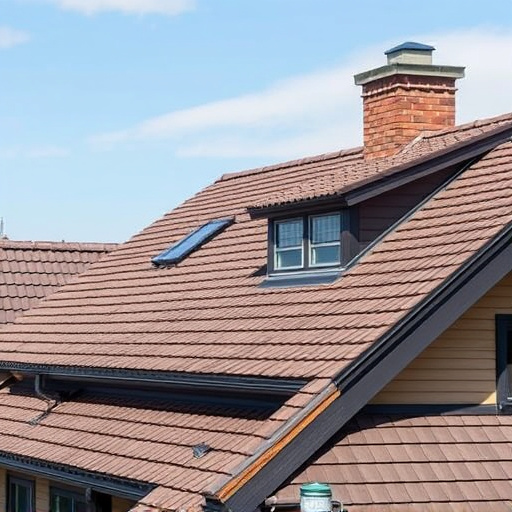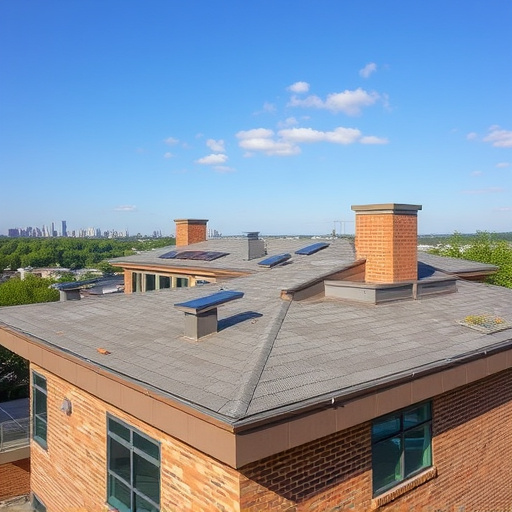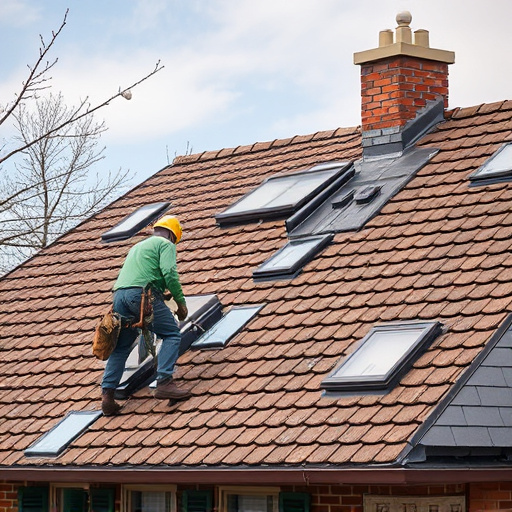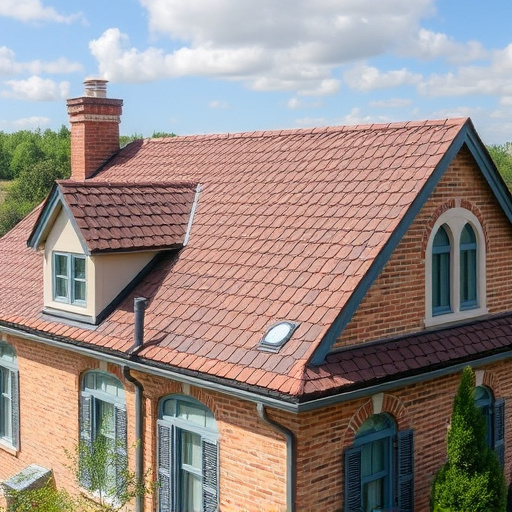Proper roof installation requires strategic ventilation to prevent mold, rot, and enhance worker safety by mitigating hazardous gases, dust, and heat. Effective ventilation maintains air quality, regulates temperature, and reduces moisture buildup, ensuring a durable roofing system and safer work environment during residential siding renovations.
Roof installations require meticulous planning, and one often overlooked aspect is ventilation. Adequate airflow during these processes isn’t just a safety precaution but a necessity. This article explores the significance of ventilation in roof installation work, delving into the specific needs and key roles it plays. We’ll guide you through implementing effective strategies to ensure safe and efficient roof installations, highlighting best practices for professionals in the field.
- Understanding Ventilation Needs During Roof Installation
- Key Roles of Proper Airflow in Workplaces
- Implementing Effective Ventilation Strategies for Safe Roof Installations
Understanding Ventilation Needs During Roof Installation
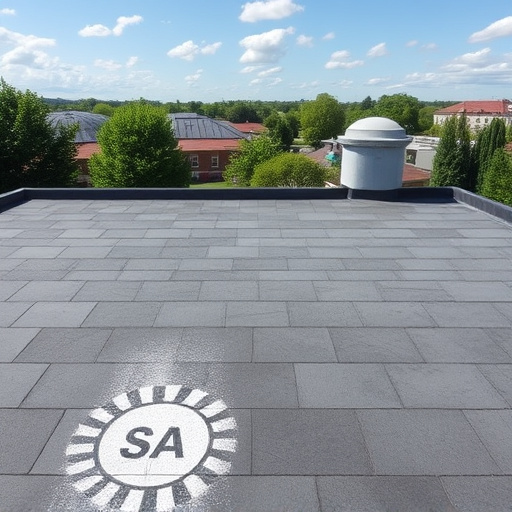
Roof installations demand a precise balance to ensure both durability and comfort for any property owner. Understanding ventilation needs is key in this process. Proper ventilation helps regulate temperature, reduces moisture buildup, and prevents the accumulation of hazardous gases like carbon monoxide within the attic space. This is crucial not only for the longevity of the roof but also for maintaining optimal indoor air quality.
Effective ventilation allows exterior air to circulate, displacing warm, moist air trapped inside. In terms of roofing services and exterior home improvements, this means mitigating potential problems like mold growth, wood rot, and structural damage caused by excessive heat or humidity. Professional installers recognize these needs, leveraging home service solutions that include strategic ventilation placement, ensuring a well-ventilated attic space during and after roof installation for enhanced performance and safety.
Key Roles of Proper Airflow in Workplaces
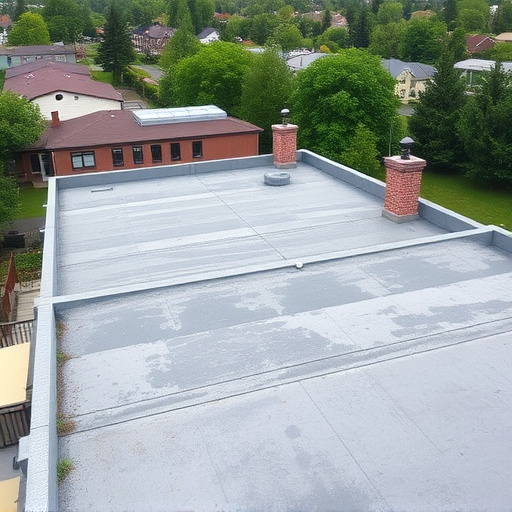
Proper airflow plays a pivotal role in ensuring safe and productive workplaces, especially during strenuous tasks like roof installation. Adequate ventilation helps remove harmful dust, debris, and gases that can accumulate on construction sites. This is crucial for protecting workers’ health, as it reduces the risk of respiratory issues and other safety hazards associated with poor air quality.
In the context of roof installation or replacement, proper airflow also aids in temperature regulation. Hot air from welding, nailing, or other processes needs to be dispersed to prevent heat-related fatigue among workers. Furthermore, good ventilation is essential for maintaining a clear view and preventing accidents by reducing fogging on safety gear like goggles and visors. This ensures that every worker can operate at their best, enhancing overall job quality in residential siding or any building’s renovation projects.
Implementing Effective Ventilation Strategies for Safe Roof Installations
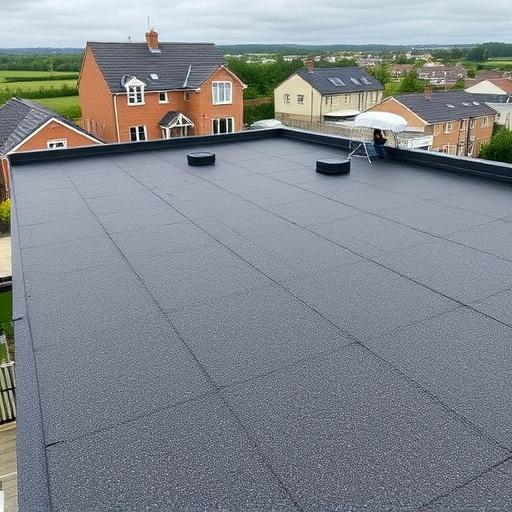
Implementing effective ventilation strategies is paramount for ensuring safe and efficient roof installations. Poor ventilation can lead to a buildup of hazardous gases and dust, posing significant risks to workers’ health. During rooftop work, volatile organic compounds (VOCs) from materials like asphalt and adhesives may off-gas, potentially causing respiratory issues or even loss of consciousness in enclosed spaces. Adequate ventilation disperses these harmful substances, maintaining air quality at safe levels.
Additionally, proper roof installation requires managing moisture accumulation. Ventilation channels facilitate the escape of humid air, preventing water condensate from forming on the underside of the roof decking. This is crucial for averting damage to the roofing materials and underlying structural components, as well as for mitigating the risk of mould growth in residential siding—a common issue in areas with high humidity levels. Effective ventilation is thus a critical component of both safe and durable roofing and siding installations.
Proper ventilation during roof installation is not just a safety precaution; it’s a critical component that ensures optimal working conditions and the longevity of the new roof. By understanding and implementing effective airflow strategies, professionals can significantly reduce risks associated with hazardous dust and gas buildup, enhancing both worker comfort and overall project quality in the process. This focus on proper ventilation for roof installations pays dividends in terms of safety, efficiency, and long-term structural integrity.
